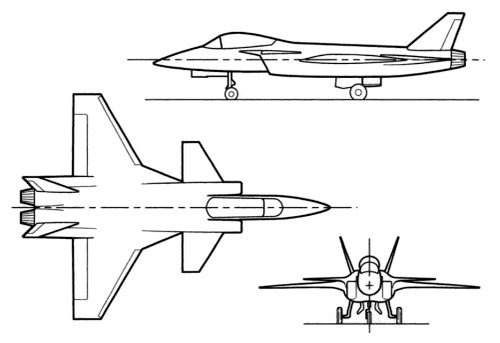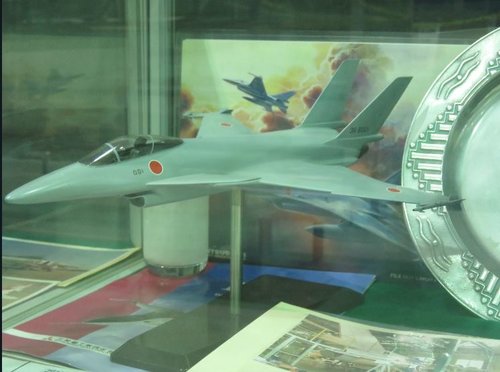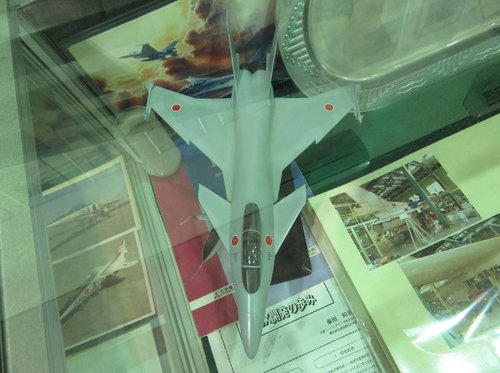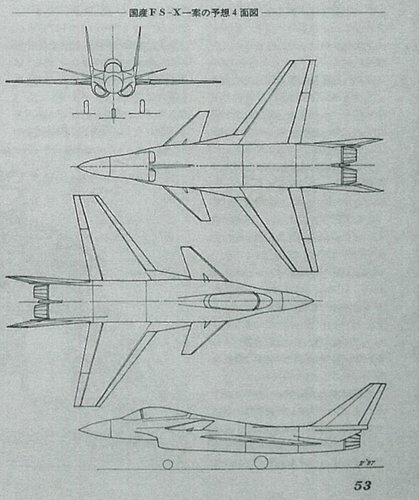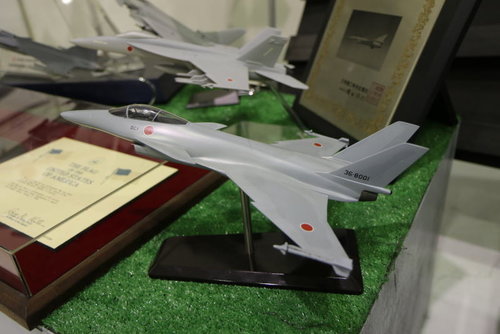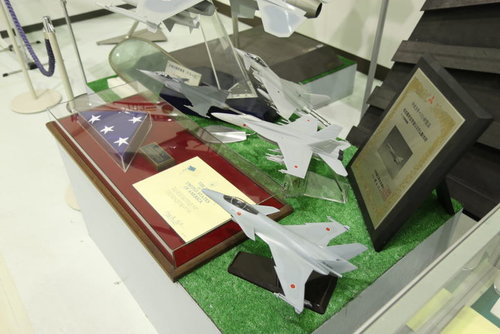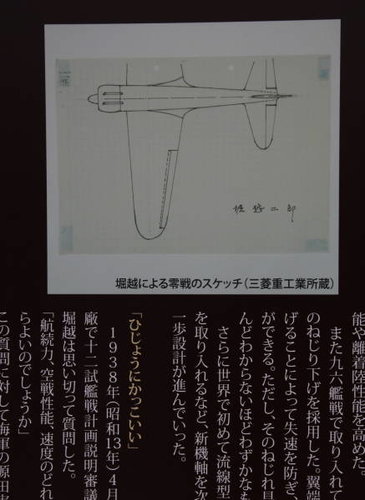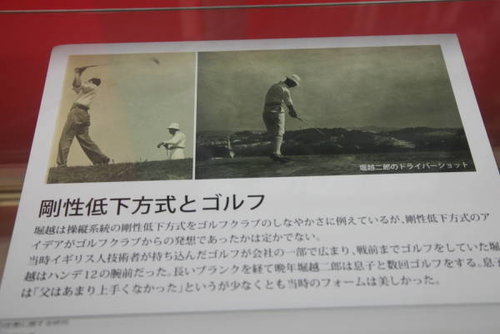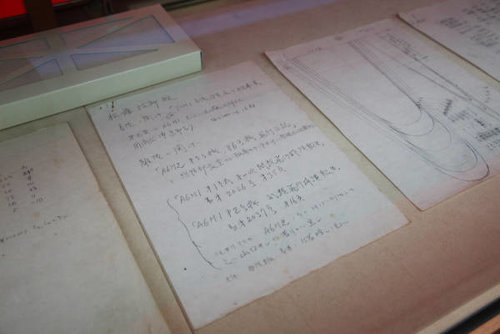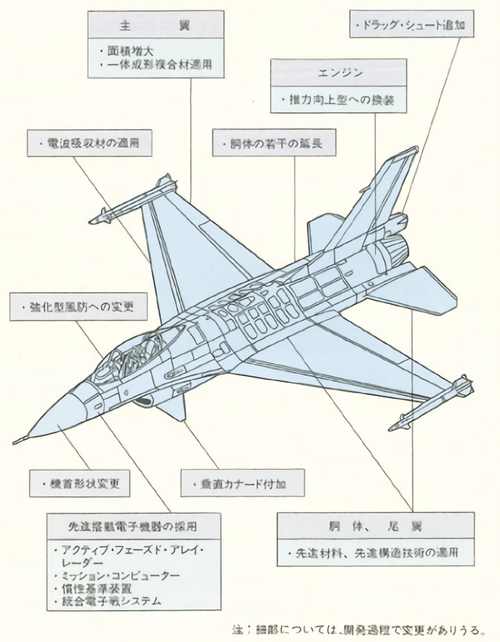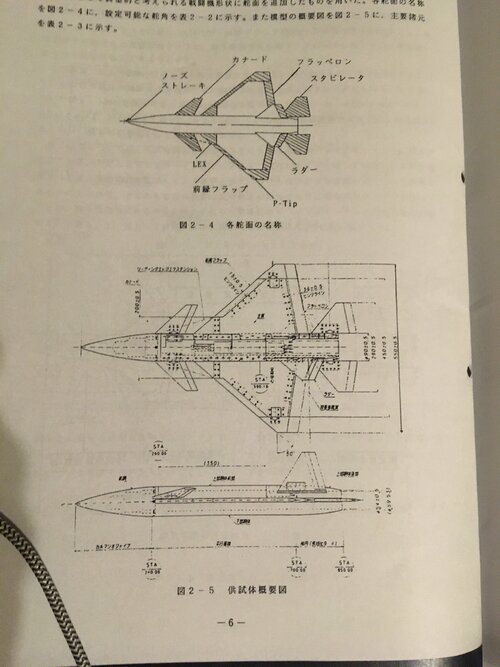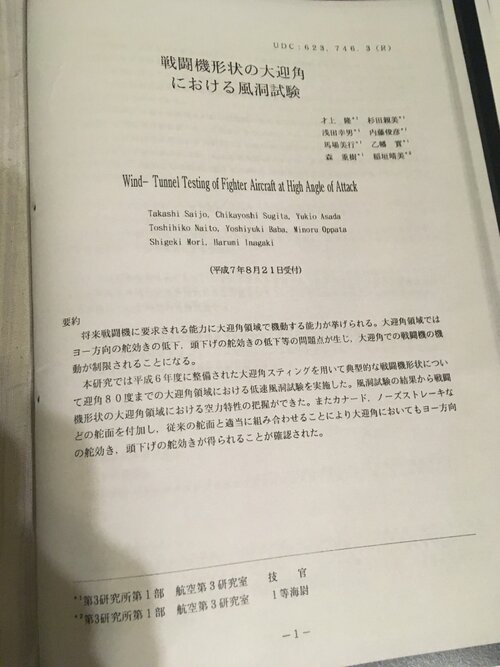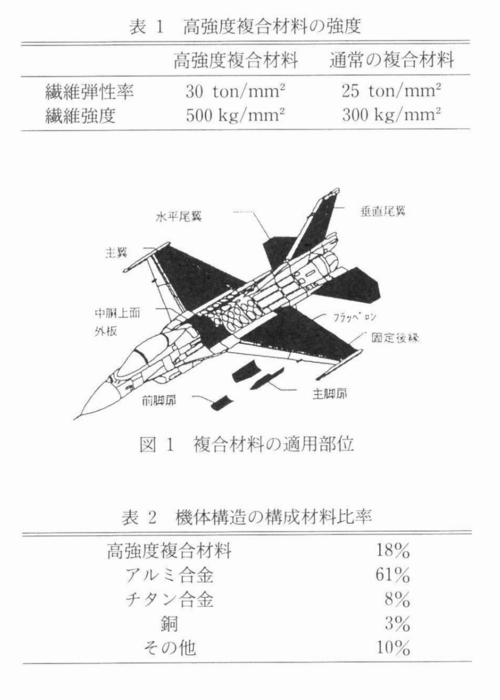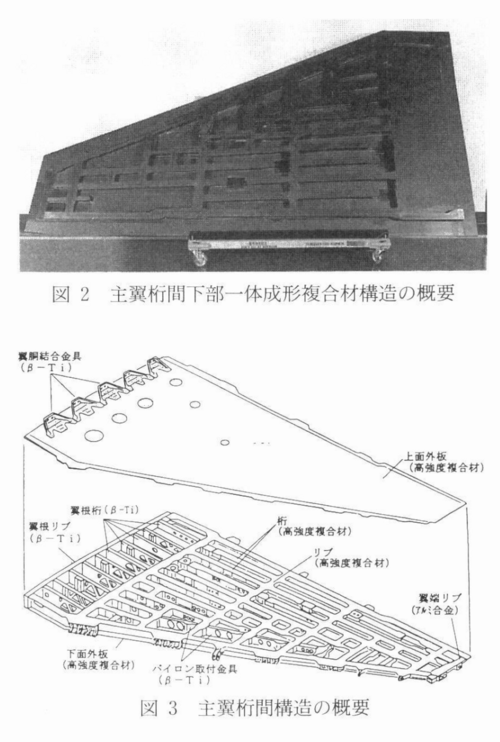DOMESTIC FS-X MAY COST ¥6 BILLION
Tokyo AEROSPACE JAPAN-WEEKLY in English 13 Apr 87 pp 2-4
[Text]
A joint study group formed by five major Japanese military manufacturers, including Mitsubishi Heavy Industries, Ltd. (MHI), has worked out a domestic development plan for the FS-X next support fighter of the Air Self-Defense Force (ASDF).
According to the plan, it is estimated to cost about ¥6 billion to manufacture a domestic FS-X fighter aircraft which completely satisfies ASDF's requirements. This includes the development cost too.
The domestic FS-X is expected to be cost-competitive enough against the aircraft proposed by two American aircraft manufacturers, according to the study group. With this plan, the Japanese aircraft manufacturers are expected to refute the U.S. claim that domestic FS-X development would cost higher.
For the FS-X selection, ASDF was briefed by General Dynamics (GD) and McDonnell Douglas (MD) on their respective FS-X joint development proposals from late March through early April. This will be followed by briefing by Japanese manufacturers on the domestic development plan.
Although neither of the companies concerned are required to show cost estimates, the Japanese manufacturers worked out the cost estimate to prove that the domestic FS-X is cost-competitive against the aircraft proposed by GD and MD.
Among the member companies of the joint study group, MHI, Kawasaki Heavy Industries, Ltd. (KHI) and Fuji Heavy Industries, Ltd. (FHI) are in charge of the airframe of the FS-X, while Ishikawajima-Harima Heavy Industries Co., Ltd. (IHI) and Mitsubishi Electric Corp. (MELCO) are responsible for the engine and the avionics respectively, according to the plan.
In terms of cost, the airframe accounts for 50%, the avionics for 30% and the engine for 20%. The avionics seem to have relatively a large share in developing the domestic FS-X.
The FS-X procurement will start around 1995. ASDF is expected to procure a total of 100 aircraft or more. The joint study group believes that the domestic FS-X plan will not suffer negative influence of temporary appreciation of yen against dollar.
The study group also pointed out that the proposed American aircraft are anticipated to cost higher in a long run because of inflation in the U.S. Even if the value of yen continues to stand at a 1 $ = ¥150 level, the domestic FS-X will remain cost competitive enough, according to the study group.
As for the powerplant of the domestic FS-X, the study group will propose one of the following three candidate engines: General Electric's F404, Pratt & Whitney's PW1127 and Turbo Union's RB199.
No matter what engines should be selected, Japan will produce the engine under license. But domestic technology may be applied partly to the engine such as a two dimensional nozzle.
/8309
CSO: 4307/018


















